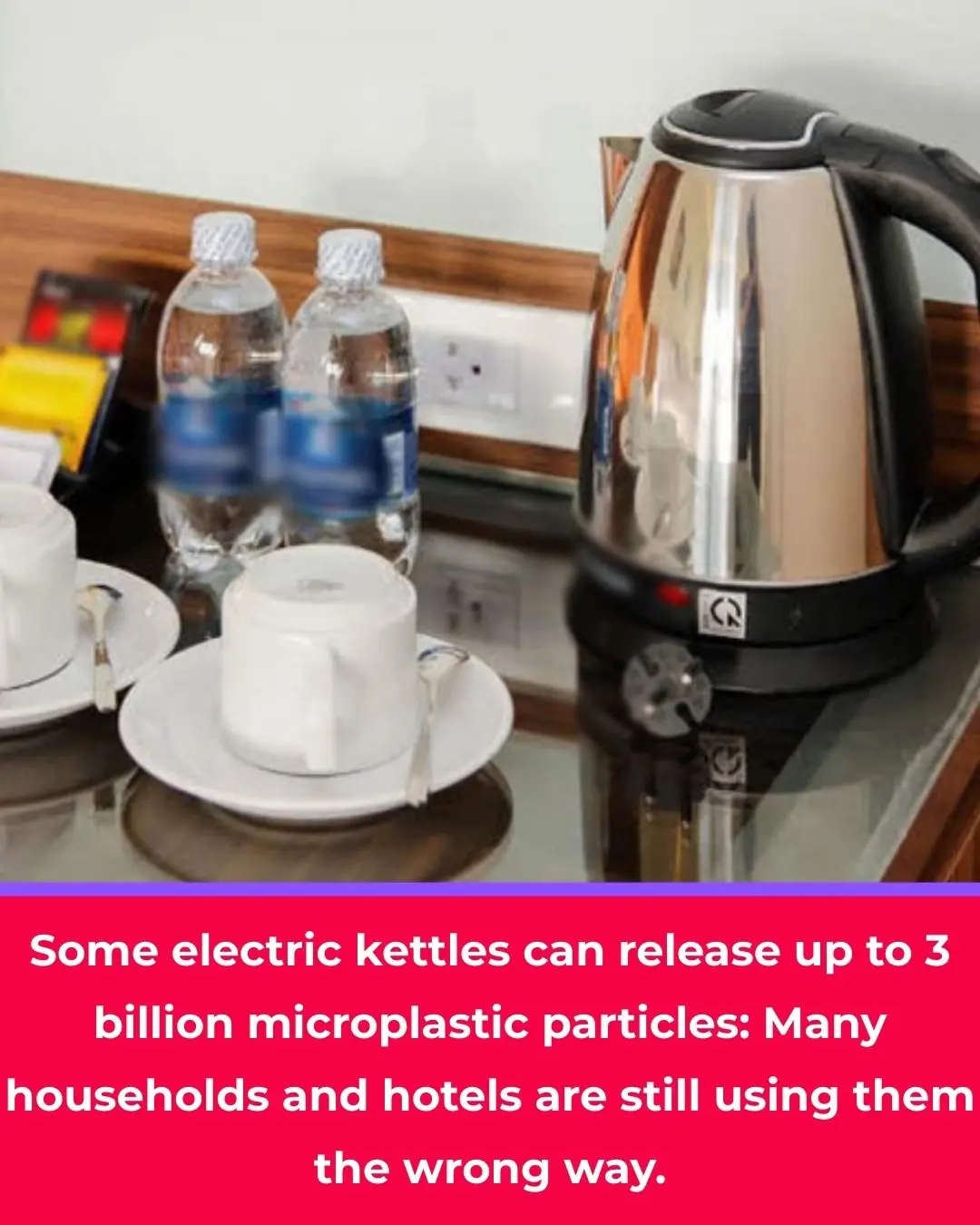
Here’s the right way to use vinegar in cleaning
Vinegar has earned its reputation as a natural, eco-friendly cleaner found in almost every home. Despite its popularity, many people still misuse it — either by applying it to the wrong surfaces, mixing it with the wrong substances, or not diluting it properly. When used correctly, vinegar can make your cleaning routine easier, safer, and more effective.
1. Why Vinegar Works
The cleaning power of vinegar comes from its acetic acid, which makes up about 5% of its composition. This mild acidity helps dissolve mineral buildup, grease, and soap scum, making vinegar great for cleaning glass, tiles, and kitchen surfaces. A simple 1:1 mix of vinegar and water is perfect for wiping windows, mirrors, and countertops without leaving streaks.
2. How to Use It Properly
Always use a spray bottle to apply a diluted vinegar solution evenly. Let it sit for a few minutes before wiping to loosen dirt and grime. For tougher spots, use undiluted vinegar, but test it first to make sure it won’t damage the surface. Wipe with a soft cloth or sponge to avoid scratches.
3. Best Surfaces for Vinegar
Vinegar works well on glass, plastic, stainless steel, and ceramic tiles. It’s excellent for cleaning kitchen counters, stovetops, and bathroom fixtures. It can also freshen up your microwave and refrigerator — just wipe down surfaces with a vinegar solution to remove odors and stains.
4. Where You Shouldn’t Use Vinegar
Avoid using vinegar on natural stone surfaces like marble, granite, or limestone — the acid can dull and damage them. The same goes for hardwood floors, as vinegar can strip the finish over time. For those surfaces, choose pH-neutral or wood-safe cleaners instead.
5. Don’t Mix It with Bleach
Never mix vinegar with bleach. The combination creates toxic chlorine gas, which can be dangerous to breathe. Always use these cleaners separately and in well-ventilated areas.
6. Storage Tips
Keep vinegar in its original plastic or glass bottle and store it in a cool, dark place. Avoid metal containers — the acid can corrode the metal and weaken the solution. For easy access, transfer it to a labeled spray bottle for daily cleaning use.
7. Forget the Baking Soda
While many online “hacks” suggest mixing vinegar with baking soda, this actually neutralizes the acid, making it less effective. Vinegar works best on its own or diluted with water.
8. Cleaning Electronics
You can safely clean electronic devices with vinegar — just don’t spray it directly. Dampen a microfiber cloth with a diluted solution, then wipe screens, keyboards, and other surfaces gently. Always unplug devices first.
9. Perfect for Glass
Vinegar is one of the best natural cleaners for windows and mirrors. Spray a 1:1 vinegar-water mix and wipe with a microfiber cloth. For streak-free results, clean on cloudy days and let tough spots soak for a few minutes before wiping.
10. Viral Hacks: What Works and What Doesn’t
Social media is full of vinegar cleaning hacks, but not all are effective. Descaling coffee makers with vinegar works great, but cleaning eggshells or delicate items doesn’t. Always verify tips before trying them.
11. Common Mistakes
Using undiluted vinegar everywhere can harm some surfaces, especially wood and stone. Make sure rooms are well-ventilated, since vinegar’s smell can be strong. And never spray directly on electronics or mix it with bleach.
In short: Vinegar is a powerful, affordable cleaner — but only when used correctly. By understanding where, when, and how to use it, you can make your home shine safely and naturally.
News in the same category

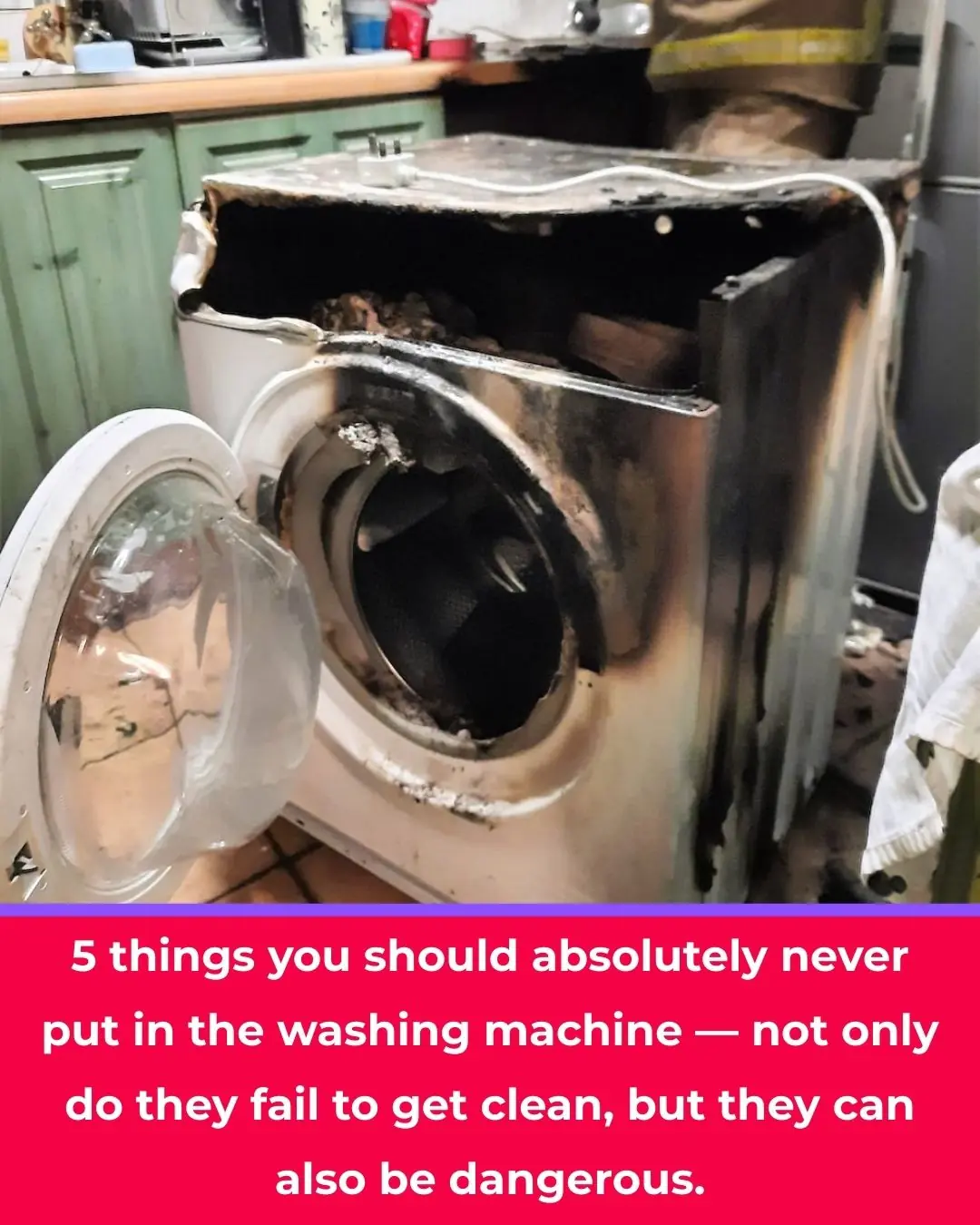
5 Things You Should Never Put in the Washing Machine — They Won’t Get Clean and May Even Be Dangerous
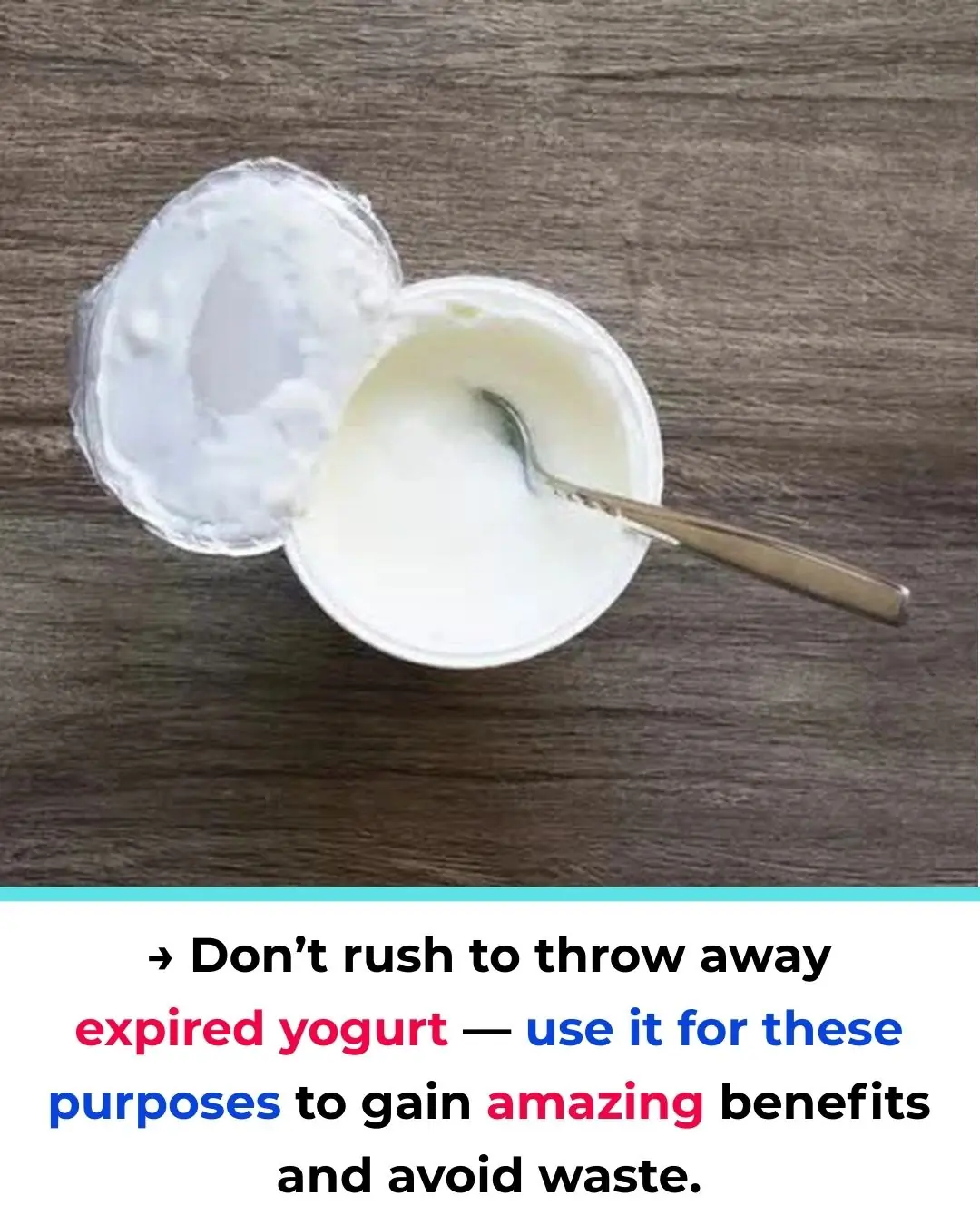
What Can You Make with Expired Yogurt?
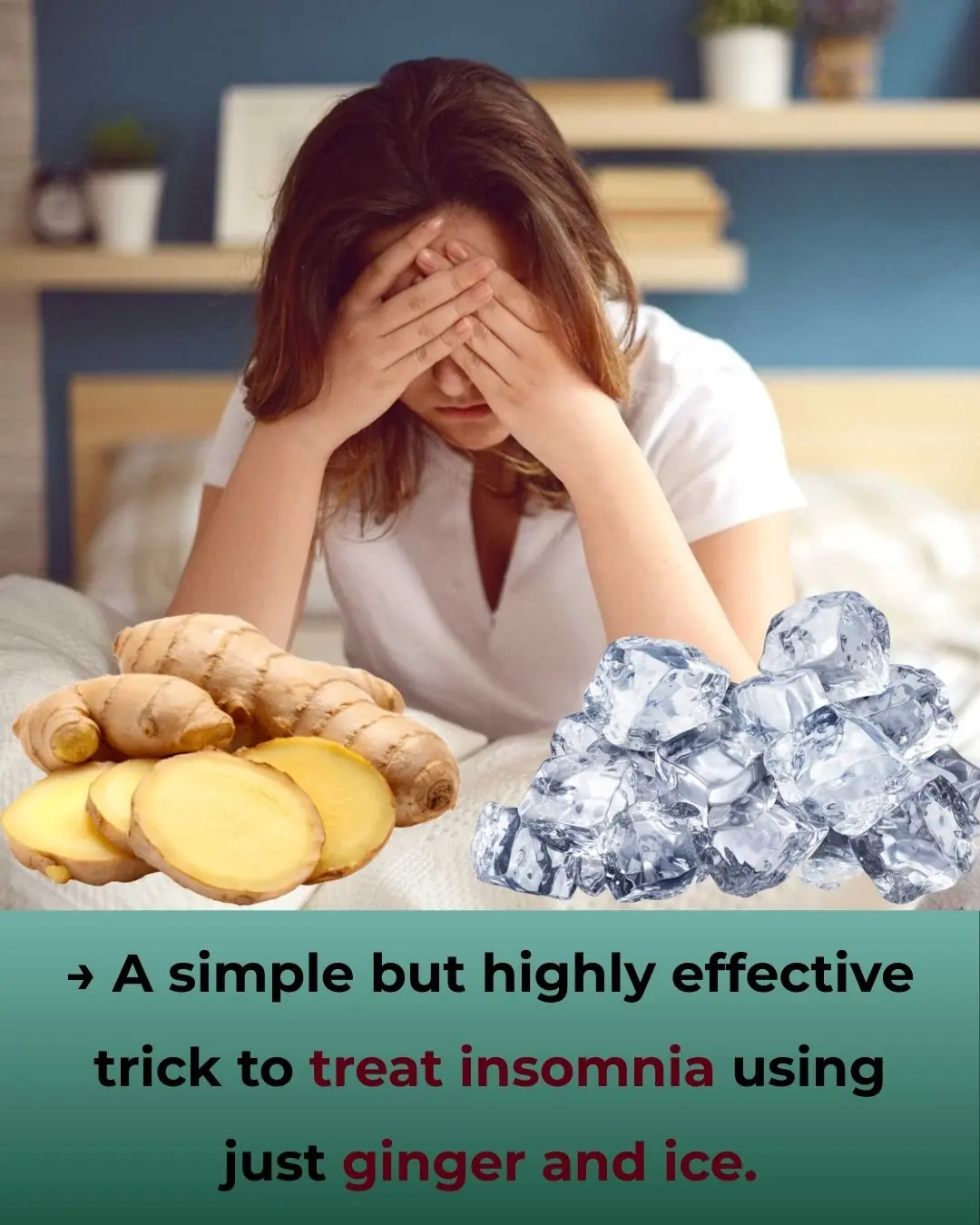
Useful Tips for Better Sleep: Treat Insomnia and Difficulty Sleeping with Ginger and Ice Cubes
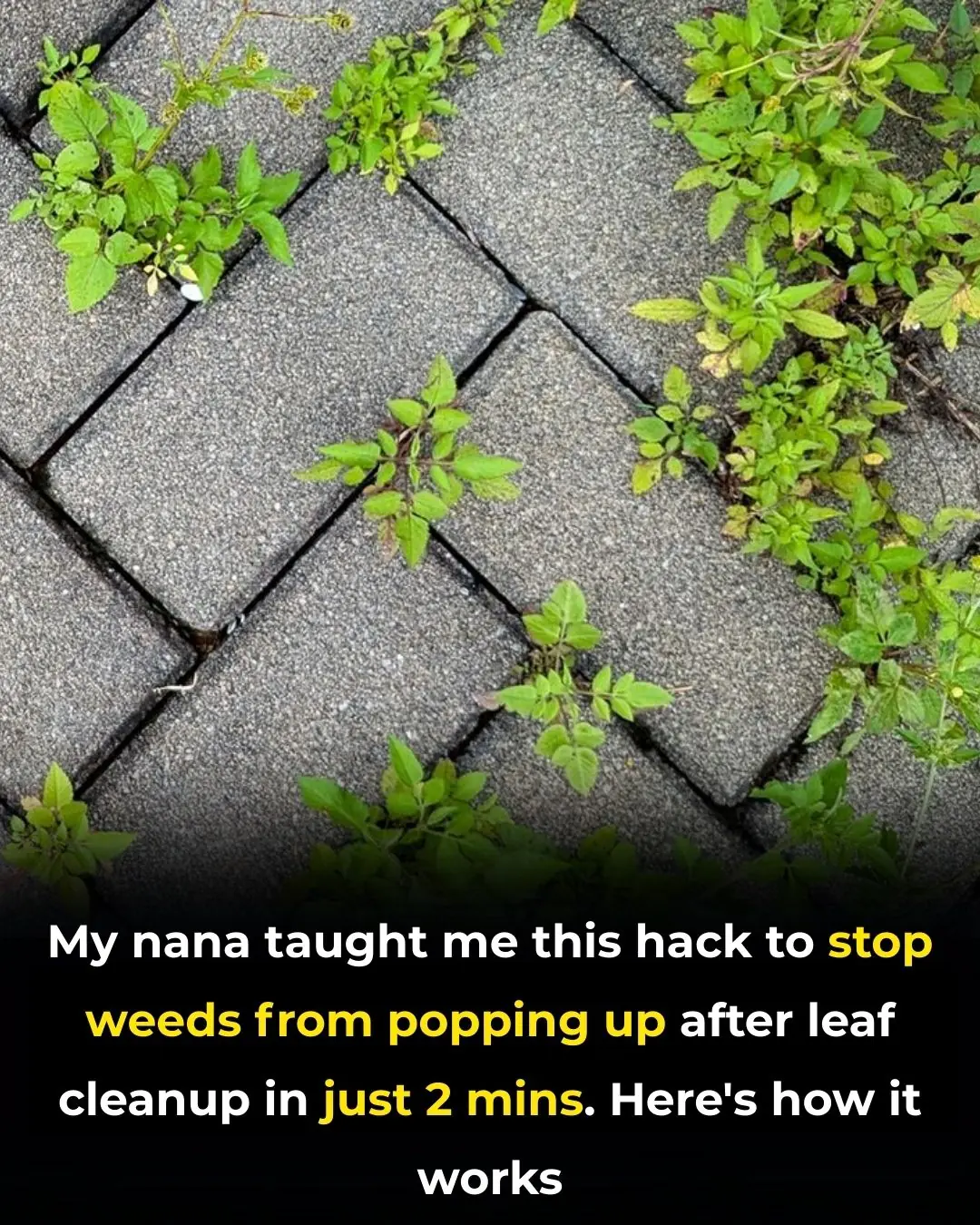
My Nana Taught Me This 2-Minute Trick to Stop Weeds From Sprouting After Leaf Cleanup — And It Works Like Magic
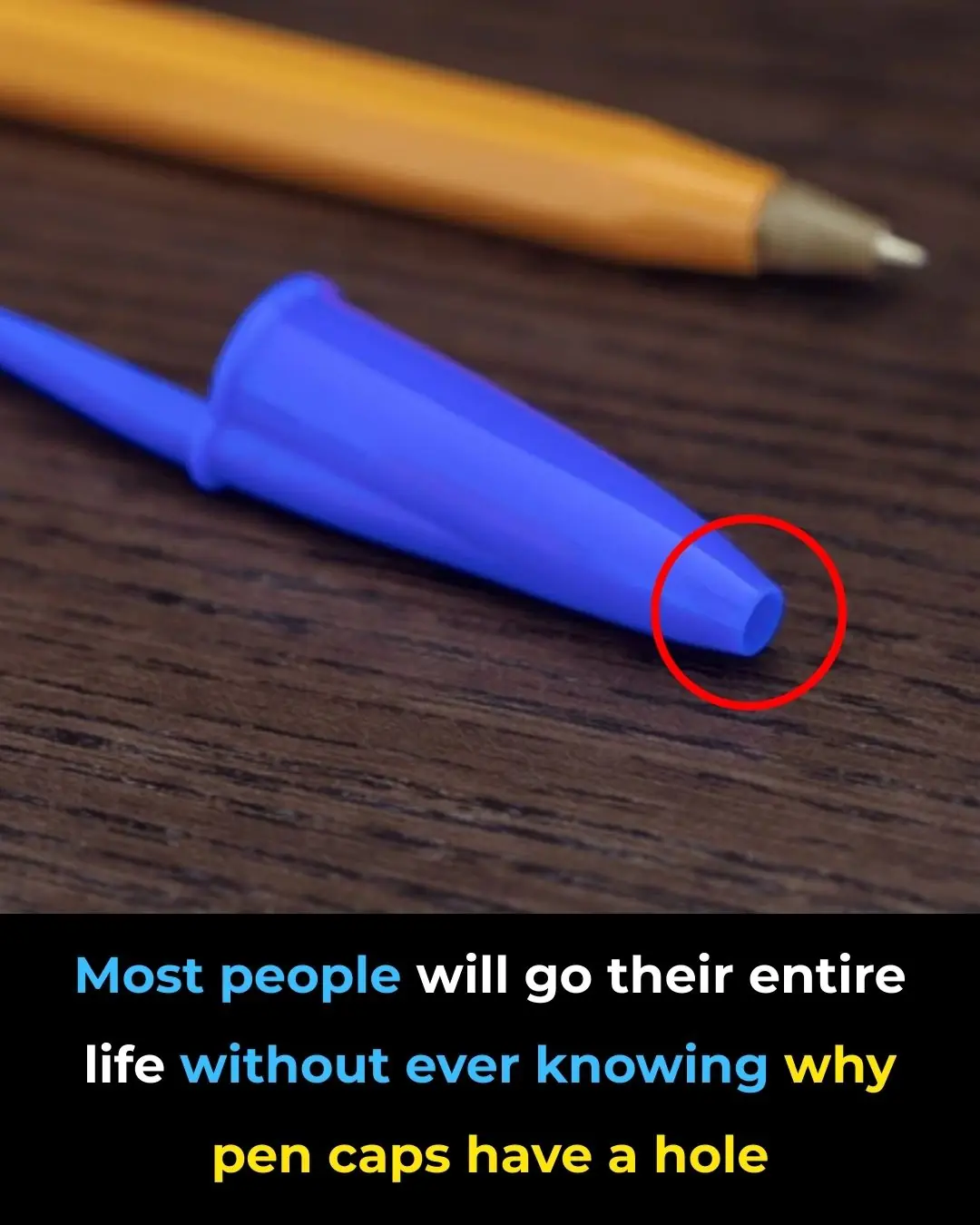
Most people will never know
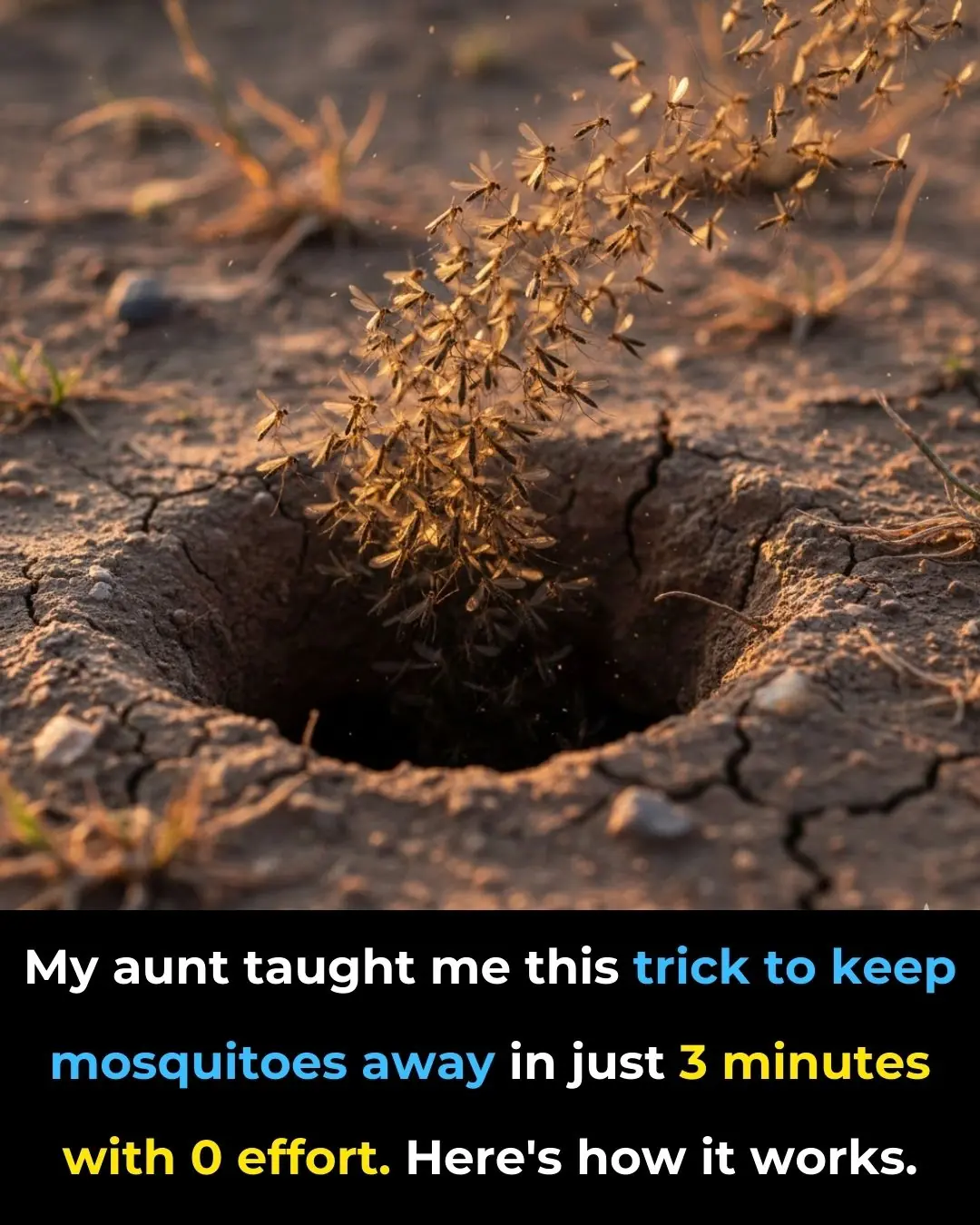
You’ve been doing it wrong. Here’s the 3-minute mosquito trick my aunt swears by
Okay, I really need to try this in my garden

Honeybee Venom Can Destroy Breast Cancer Cells in Under an Hour — A Breakthrough That Could Transform Modern Medicine

Love Can Literally Make Your Body Crave More Sleep — Here’s the Science Behind It

A Revolutionary German Gel May Repair Joints Naturally—Potentially Eliminating the Need for Surgery
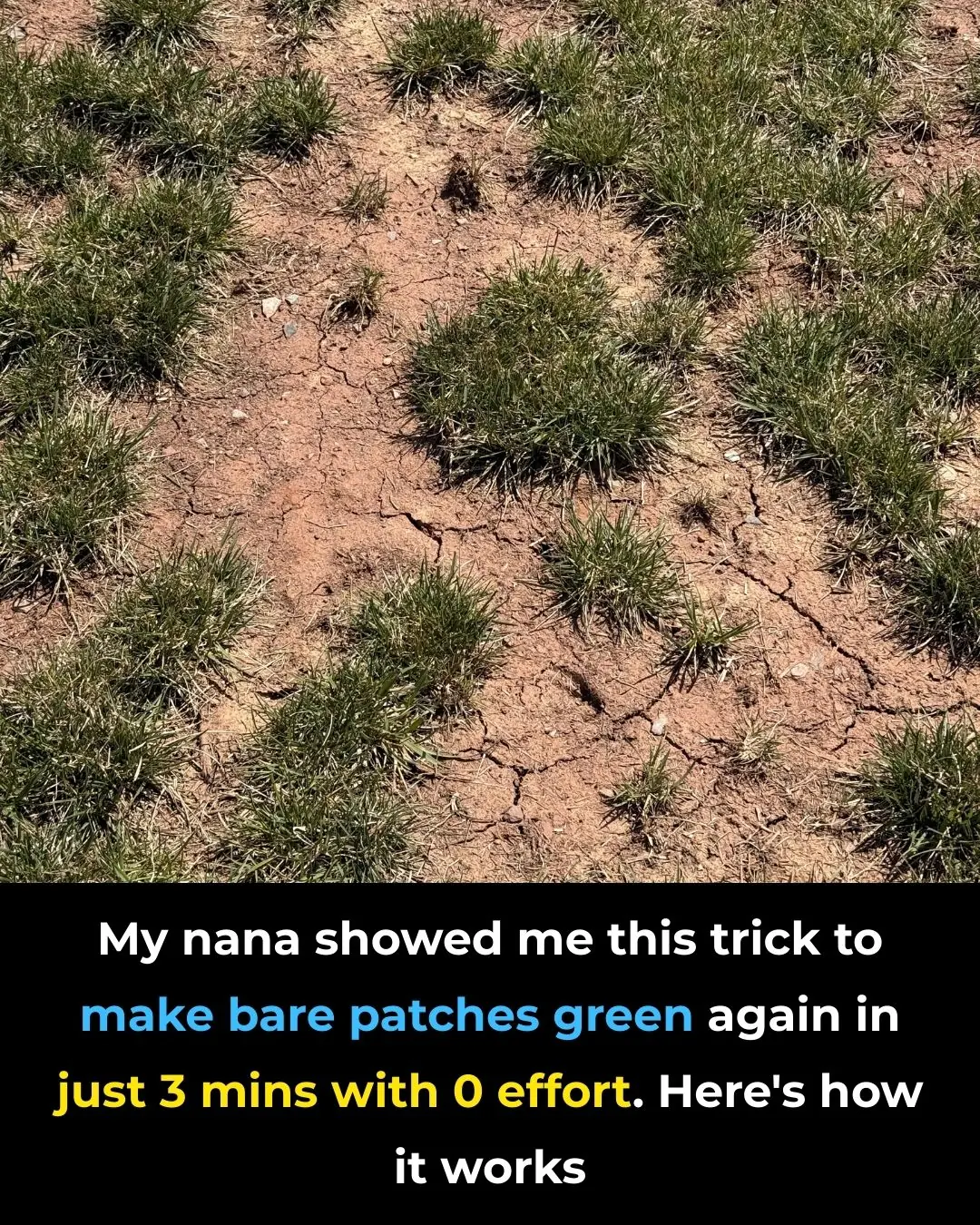
You’re doing it all wrong. Here’s the right way to fix bare lawn patches in just 3 minutes (my nana’s zero-effort trick!)
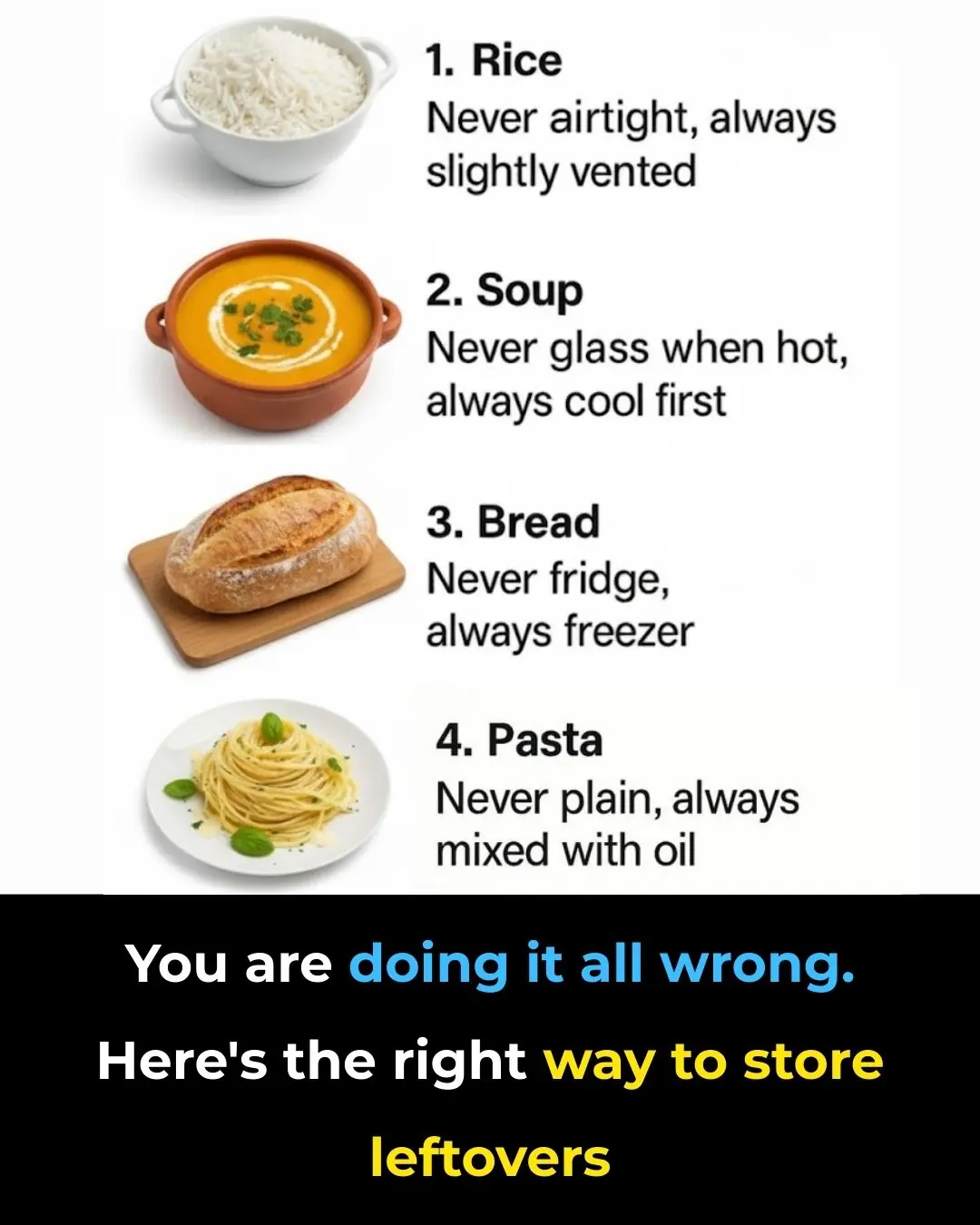
You're Doing It All Wrong. Here’s the Right Way to Store Leftovers (Expert-Approved Guide)
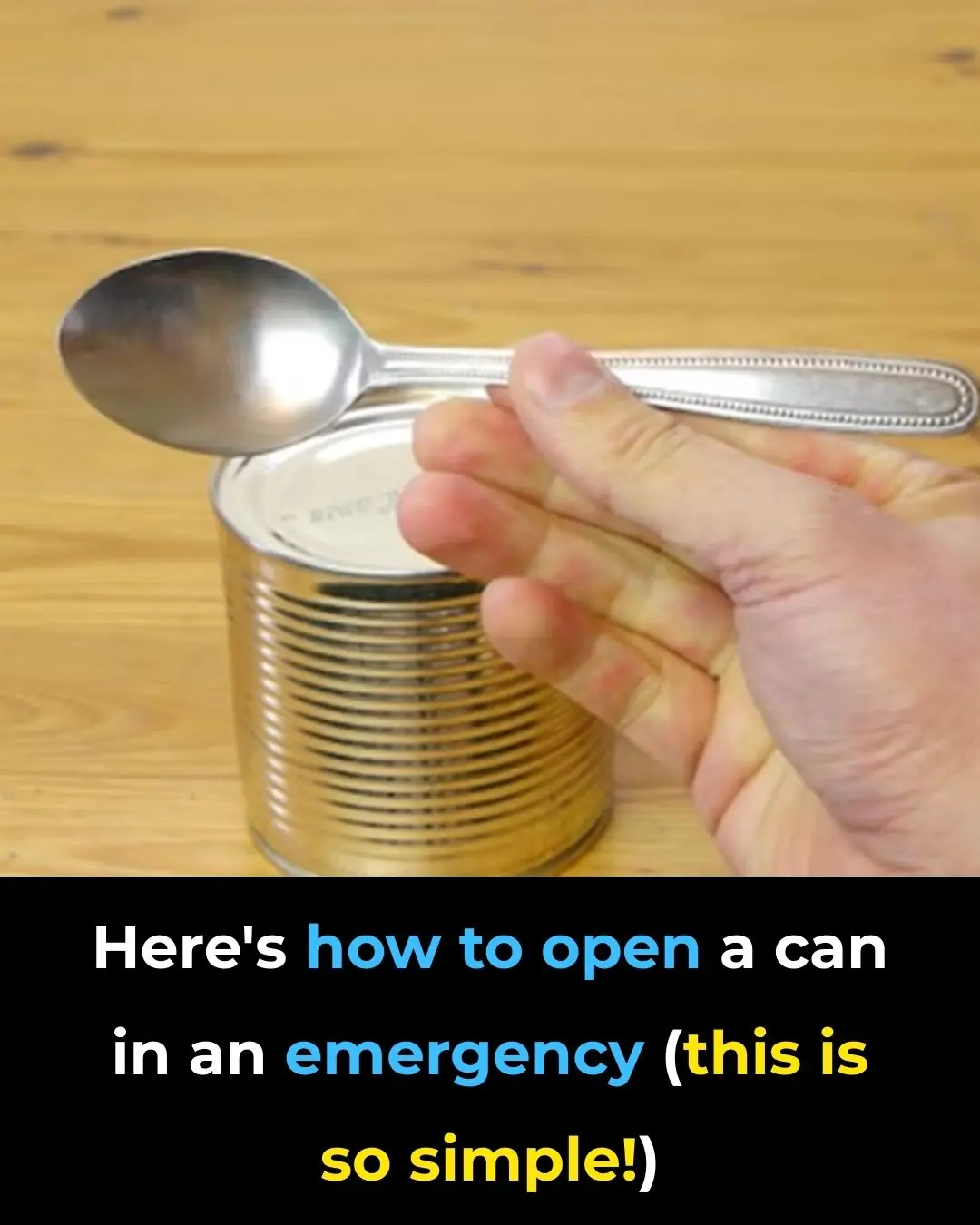
How to Open a Can in an Emergency (It’s Easier Than You Think!)
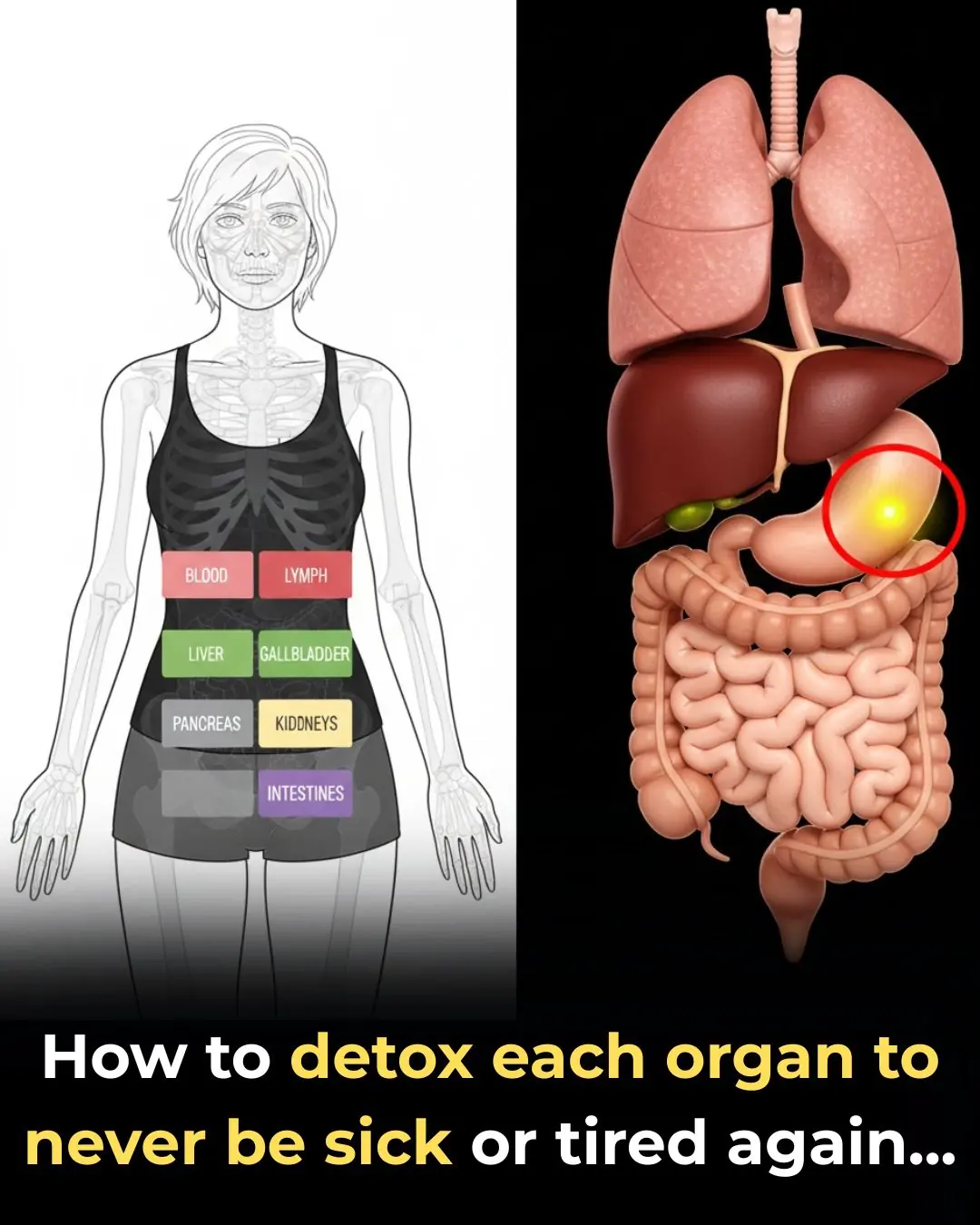
How To Detox Each Organ To Reset Your System
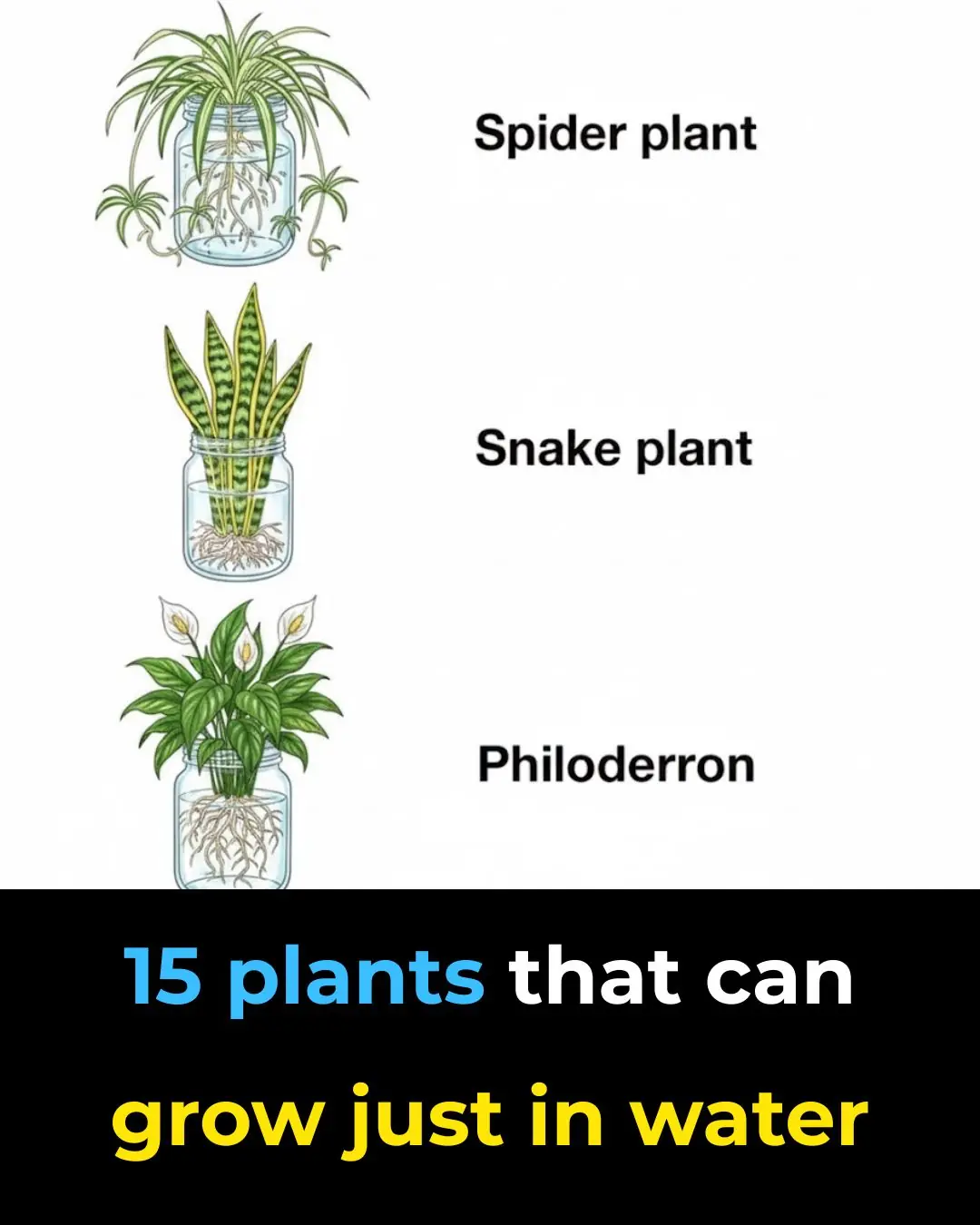
15 Plants That Can Grow Easily in Water — A Beautiful, Soil-Free Way to Green Your Home
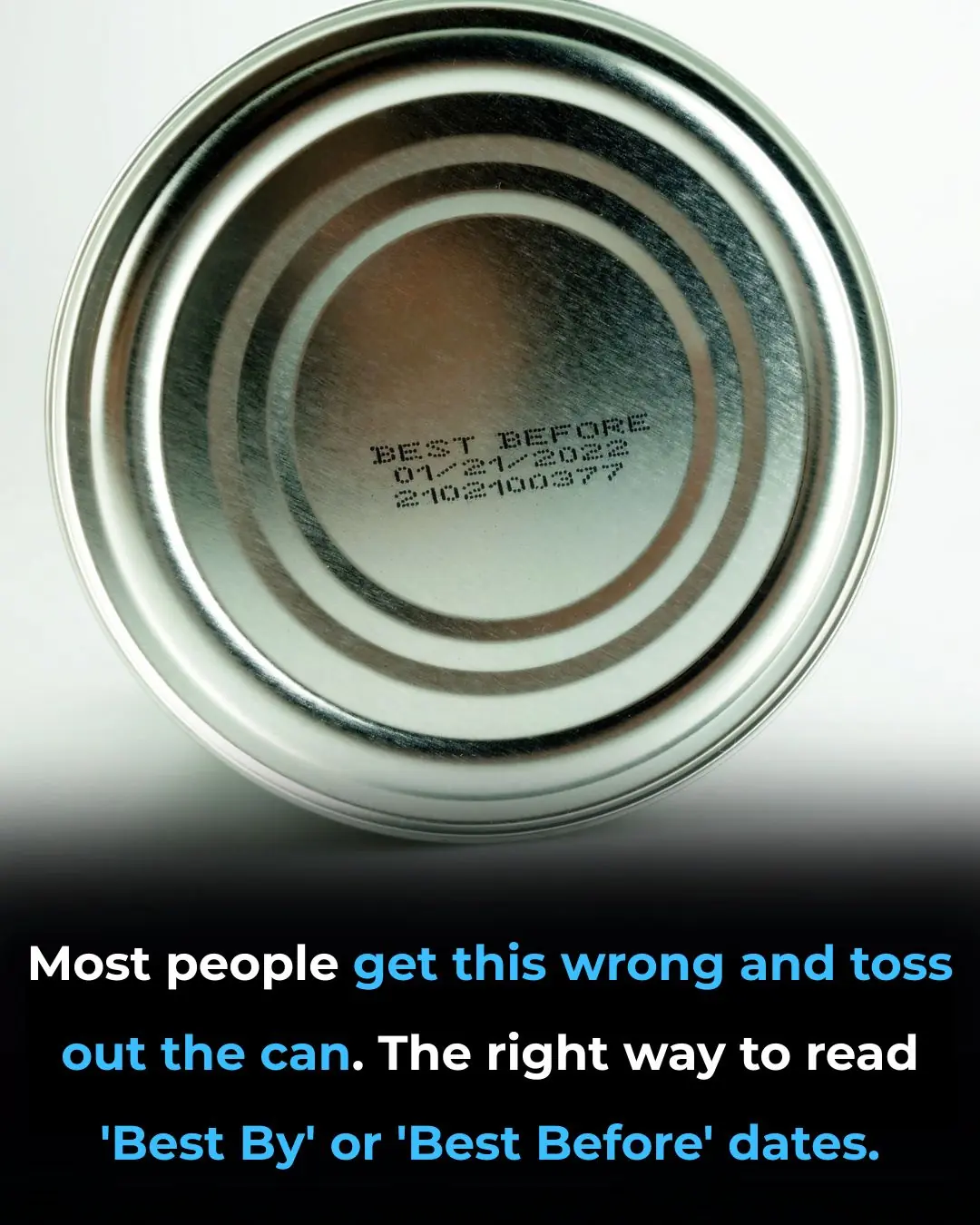
Most people get this wrong and toss out the can. Here’s the right way to read ‘Best By’ or ‘Best Before’ dates

I Had No Idea! The Remarkable Story of the Stone Breaker Plant
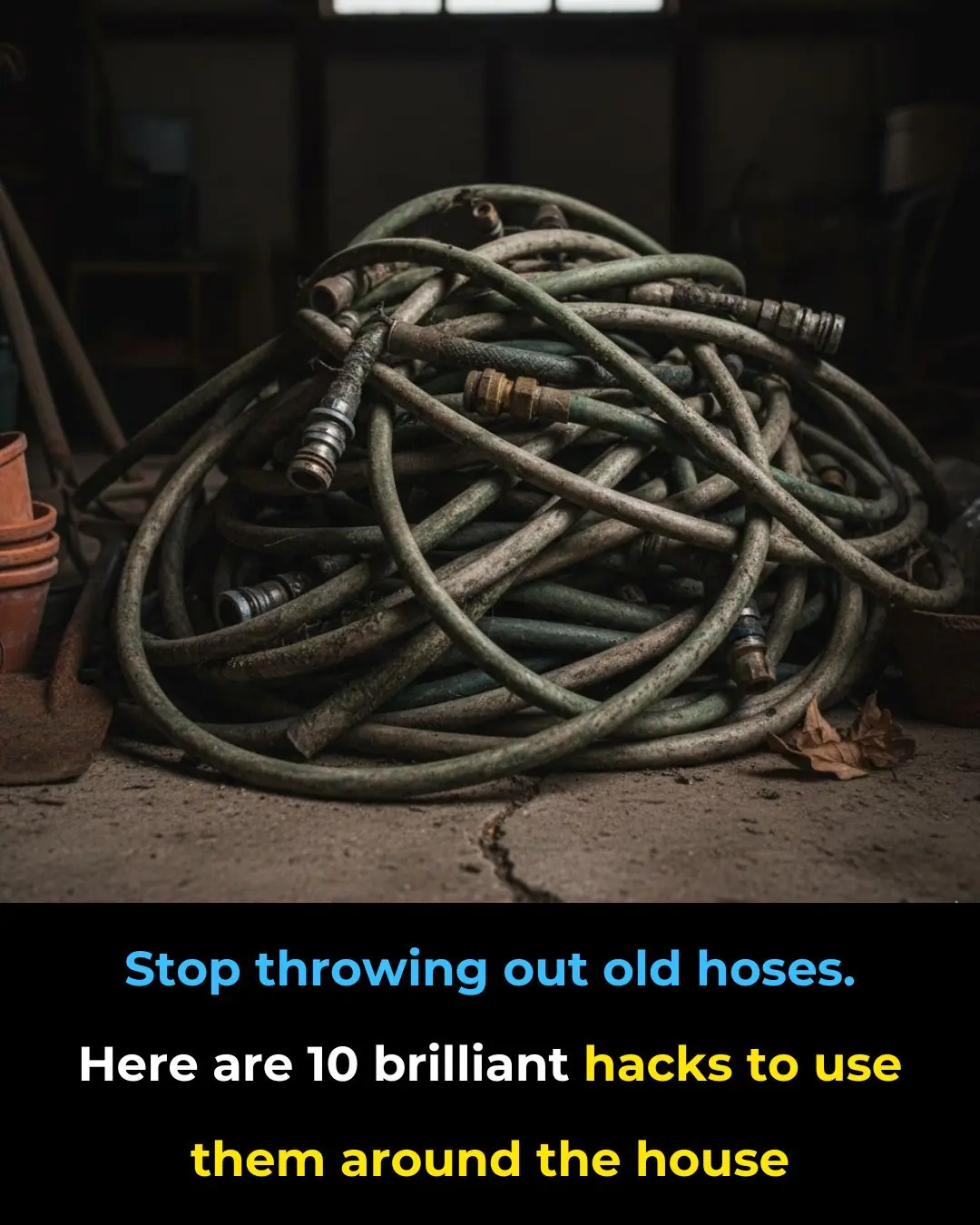
Stop throwing out old hoses — 10 brilliant hacks to use them around the house

This Method Is So Brilliant — I Wish I’d Thought of It Sooner!
News Post

How to Use Garlic to Get Rid of Pests: Mice, Flies, Lice, Cockroaches, Lizards, Mosquitoes, and Kitchen Cockroaches

5 early warning signs of pancreatic cancer, according to survivors

Drink this to STOP joint pain naturally

Top 6 Neuropathy Remedies (Peripheral Neuropathy Home Remedies)

10 daily habits that are silently destroying your kidneys

Pineapple Mango Ginger Lemon Juice: Benefits, Nutrition & How to Make It

Saffron boosts mood and libido naturally
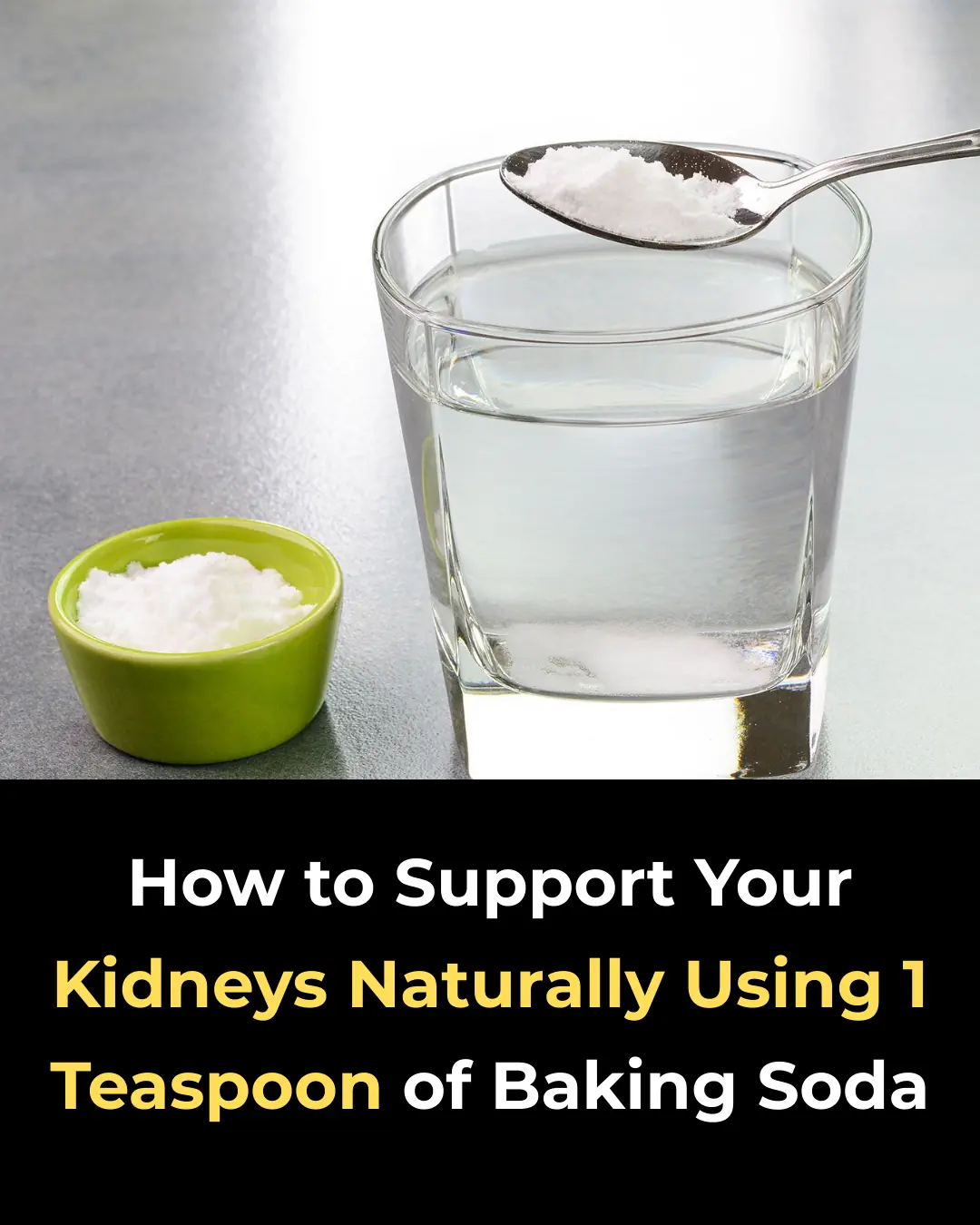
How to Support Your Kidneys Naturally Using 1 Teaspoon of Baking Soda

Can a Honey–Chia Drink Support Kidney Health? Benefits, Recipe & Daily Tips

Euphorbia Hirta (Asthma-Plant): Traditional Uses, Applications & Emerging Insights
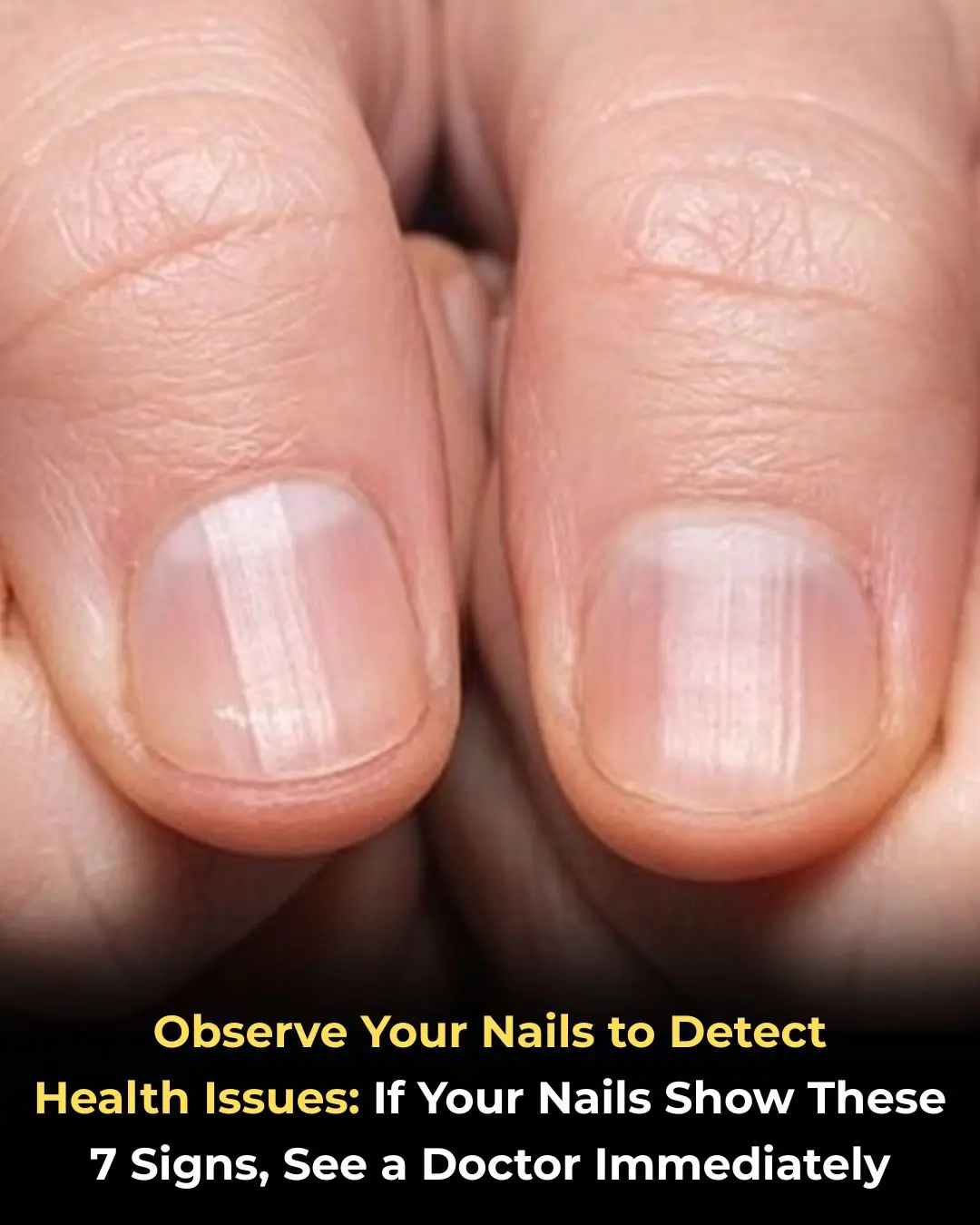
Nails: What Do They Reveal About Your Health
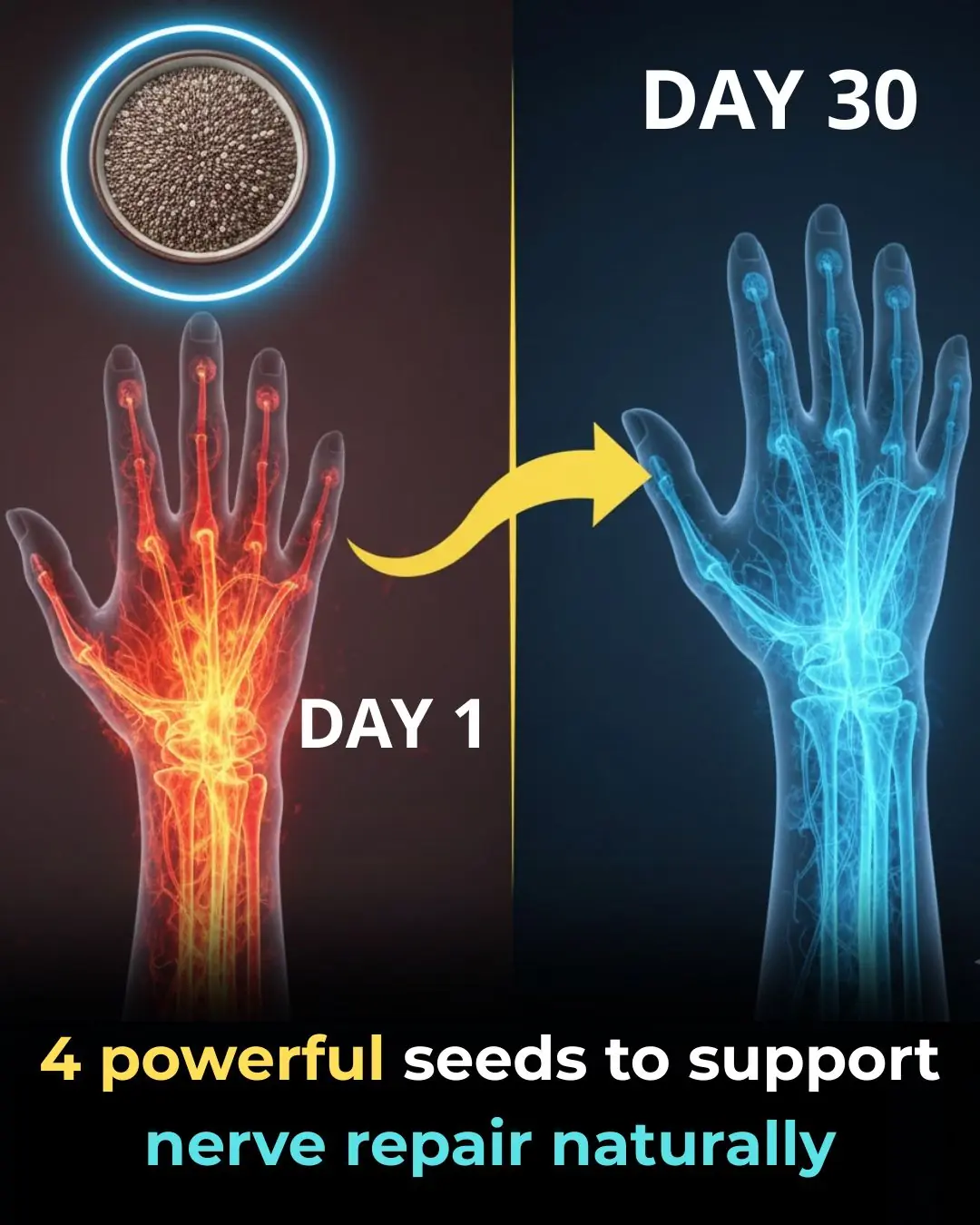
The surprising power of 4 seeds to repair your nerves naturally

Don’t Throw Away Date Seeds – Here’s Why They’re So Powerful
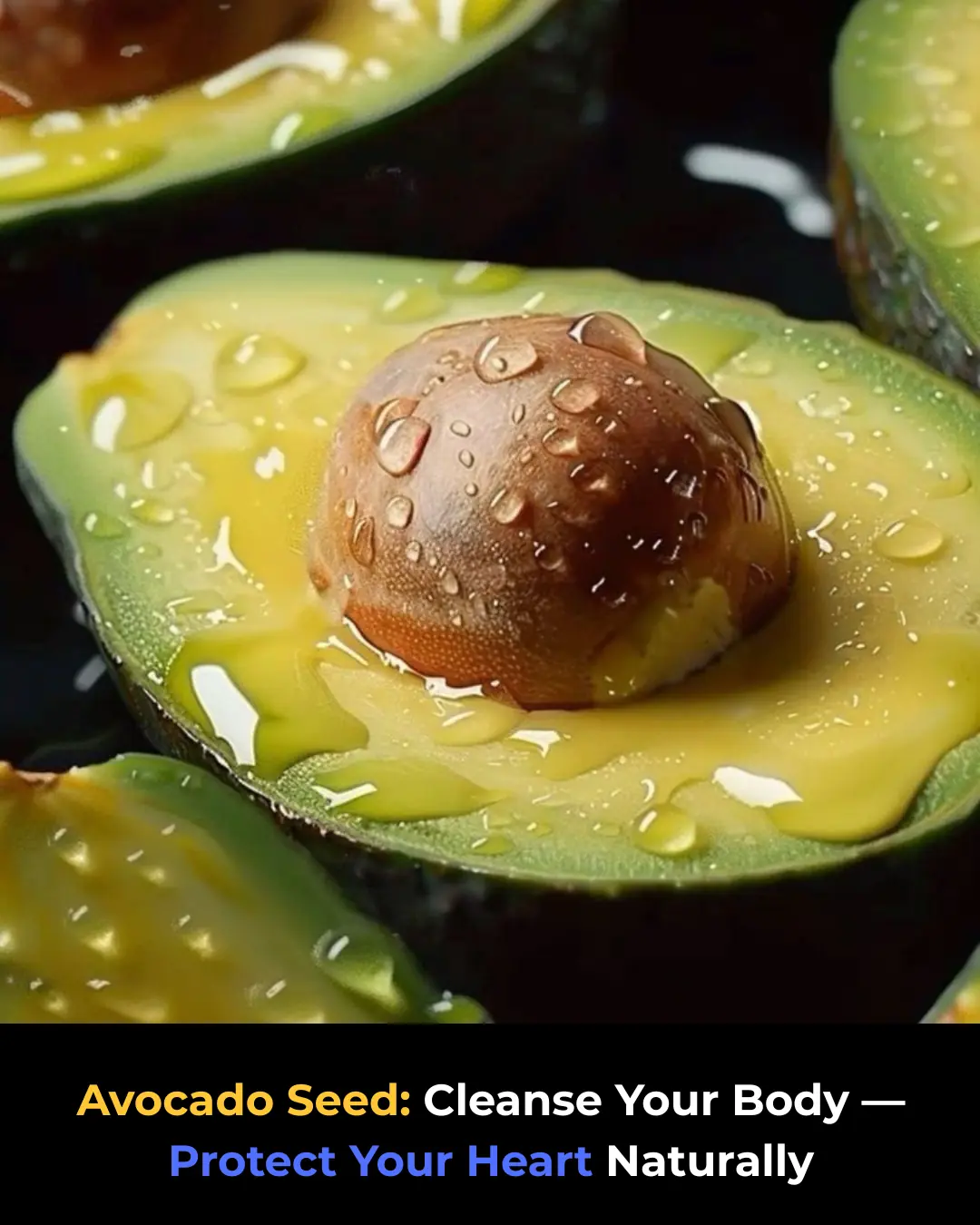
Avocado Seed: Cleanse Your Body and Strengthen Your Heart Naturally
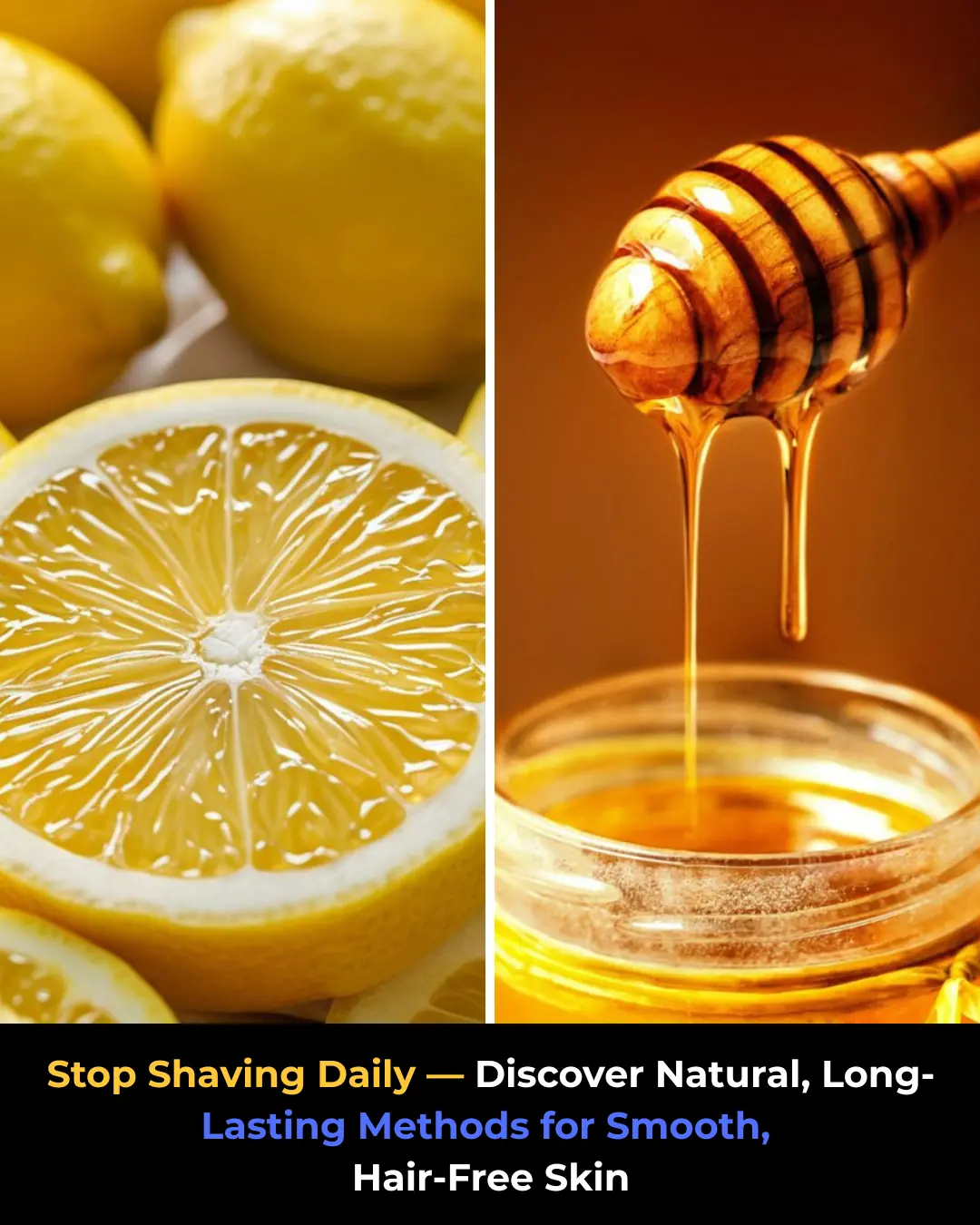
Stop Shaving! Discover Natural & Long-Lasting Hair Removal for Face & Body

Why wood—not diamonds—is the universe’s rarest treasure

A Nearby Earth-Sized World Raising New Hopes for Habitability

How Finnish Forest Kindergartens Let Kids Thrive in Any Weather
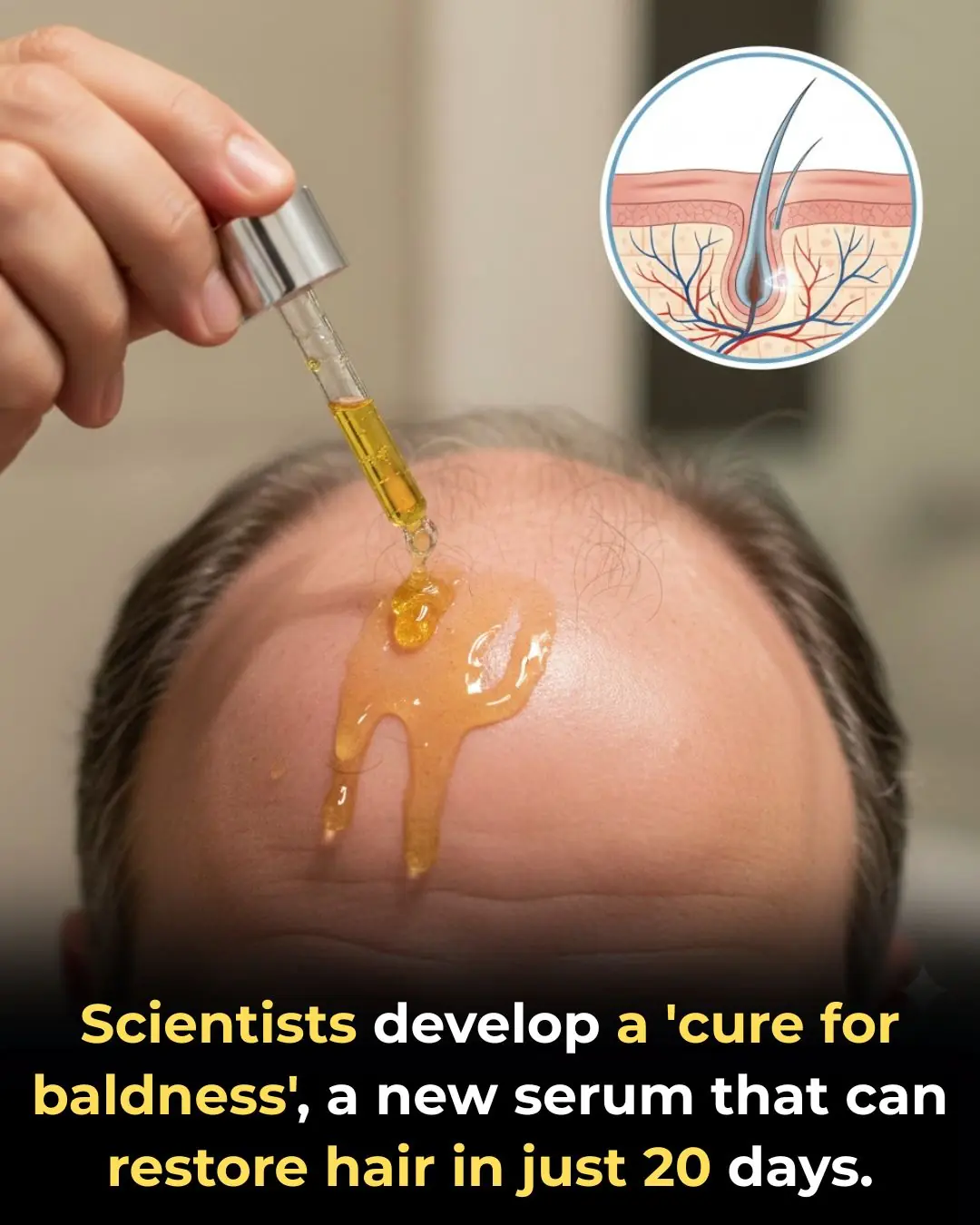
Taiwan Researchers Develop Promising Hair-Regrowth Serum With Dramatic Lab Result
